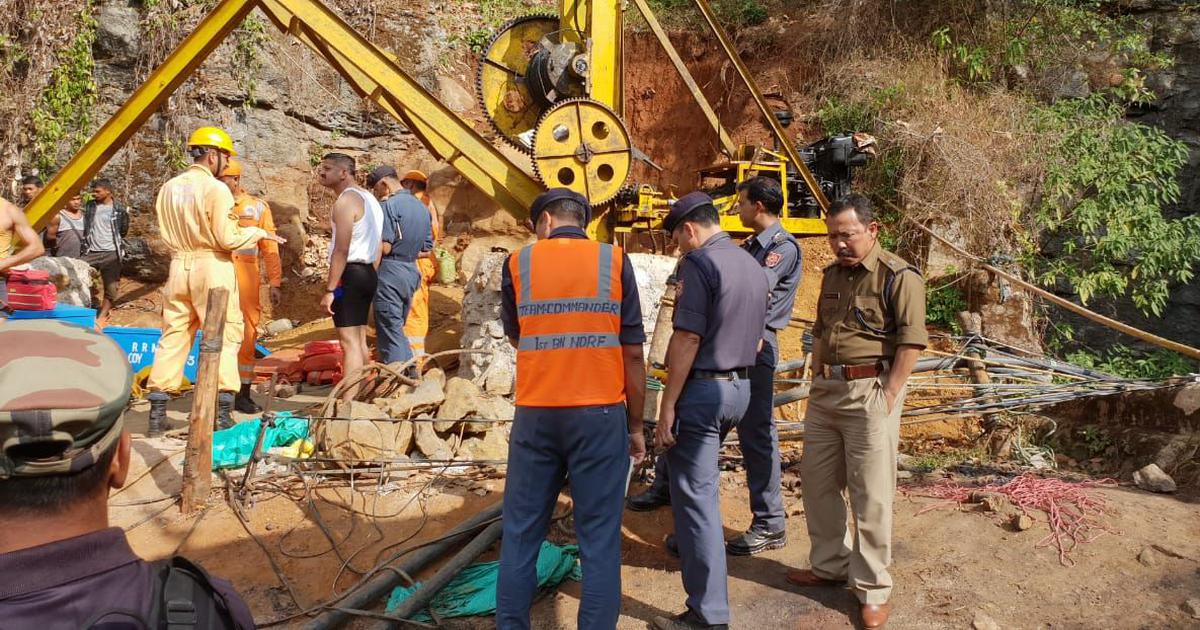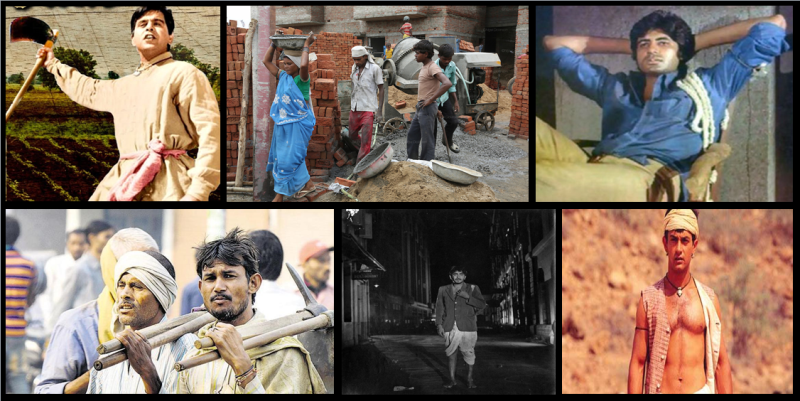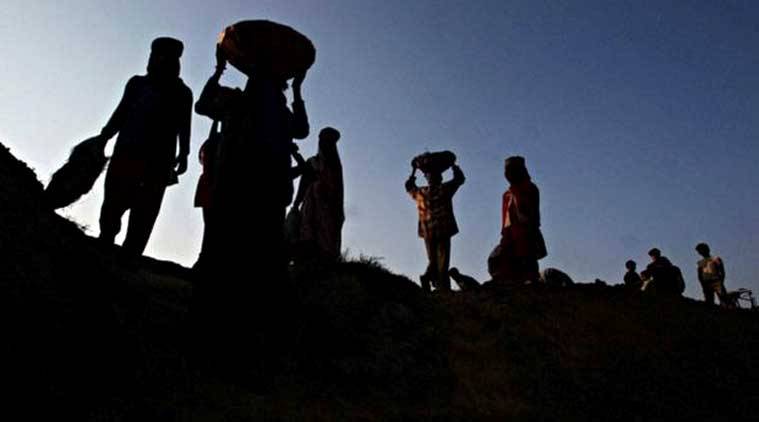The mining sector is poorly regulated and hardly has any adherence to the safety standards to ensure that miners have safety of working conditions. The recent entrapment of fifteen miners in a rat-hole mine in Meghalaya and their subsequent deaths makes the discussion on India’s mining sector relevant.
Akriti Sachdev is a Journalist and Social Activist based in Mizoram.

The recent news of the entrapment and subsequent deaths of mine workers in Meghalaya has yet again managed to capture the attention of the nation. Fifteen miners were trapped in a rat-hole mine in India’s north-east state of Meghalaya when flooding ended up blocking ways to their exit. Despite subsequent attempts to rescue the miners, they succumbed. The mines are so narrow that several agencies are working to find the missing bodies of the miners. Rat-hole mines were banned in the year 2014 but it continues to be practiced throughout the state. These mines were privately owned and poorly regulated.
Mining is known to be one of the most hazardous occupations in India. The deaths that take place inside the mines every year are a result of the absence of the minimum security standards and professional safety measures that must have ideally been guaranteed to those who put their lives through risks. The rate of deaths and accidents in the mining industry is far more than it is in other sectors and this has implied that over the years, the mining industry has got a name for being the most dangerous sector in India.
The majority of fatalities that occur in the mining sector are due to the falling of the roofs and side walls inside the mine where workers are working in extremely hard situations. In 2015, 100 million tonnes of coal were extracted at the cost of the lives of seven mine workers and given the fact that the target of extracting coal is 700 million tonnes; the average death rate for a period of 12 months will be 50. The enhanced targets for extracting coal would imply that there would be an increased pressure on the mining industry and this means that the nation-state must ensure that those who toil in the bowels of the earth are ensured of minimum safety regulations. In a number of developing economies in the world such as China and Brazil, mining is the most dangerous occupation and causes a large number of fatalities annually.
It must be understood that India produces 89 minerals by running 569 coal mines, 67 oil and gas mines, 1,770 non-coal mines and many smaller mines. All these mines collectively give employment to 1 million people and contribute 5% to the nation’s total GDP. It is ironic that although the mining industry gives so much employment and contributes significantly to the country’s economy, the deaths of the miners and the poor working environments points towards the nation-state’s abysmal concern for the safety of the workers. India must acknowledge the fact that in order to ensure the safety of the workers it is important for the nation to implement the ‘Standard Operating Procedure’ operated in other nations where mining is a major industry like Australia, America and China. In 2014, the NHRC produced a report ‘Views on Mine Safety’that said that the instances of mining related accidents and fatalities have risen over time. In India the greater extent of deaths inside the mines occur as a result of falling roofs and sides of rat-hole caves rather than from explosives. Between 2009-2013, there have been 752 documented fatalities in the mining operations.
In 1973, The Coal Mines Nationalization Act was enacted to ensure that mining safety regulations are adhered to but even today the condition of public sector mines continues to be poor. It is suggested that the lack of investment in India’s mines is the largest reason for mine fatalities.
The other key reasons include heavy machinery in open-cast mines and the usage of explosives in the mines. The compensation for death or injury inside India’s mining sector is very low and hardly crosses the 10 lakh mark.
Experts have suggested that to overcome India’s high degree of mining fatalities it is important for the nation to adhere to international standards, use scientific methods for training and assessment for officers and workers, effective training delivery mechanism and comprehensive accident investigation systems. Mining accidents can take place in any nation but the fact that they continue at an incomparable rate in India implies that we surely have to address this issue.
Mining security and safety of the workers is the prime consideration and apart from that we also need to acknowledge that mine workers are exposed to a wide range of health disorders like dust, heat and noise related diseases. The mining sector in India is known for a high rate of human rights violations and for compromising the security of those who form its backbone.














